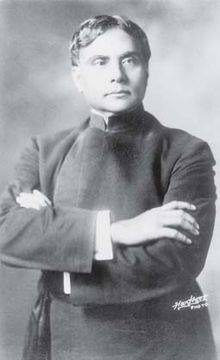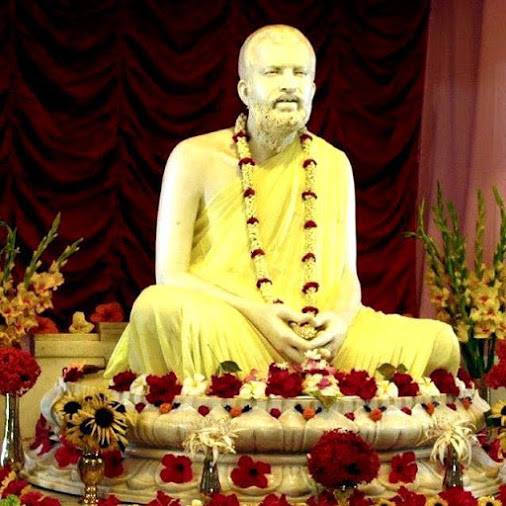THE RAMAYANA : 4.
THE RAMAYANA : 4.
Swami Vivekananda
(Delivered at the Shakespeare Club, Pasadena, California, January 31, 1900)
here was an ancient Indian town called Ayodhyâ — and it exists even in modern times. The province in which it is still located is called Oudh, and most of you may have noticed it in the map of India. That was the ancient Ayodhya.
There, in ancient times, reigned a king called Dasharatha. He had three queens, but the king had not any children by them. And like good Hindus, the king and the queens, all went on pilgrimages fasting and praying, that they might have children and, in good time, four sons were born. The eldest of them was Rama.
Now, as it should be, these four brothers were thoroughly educated in all branches of learning. To avoid future quarrels there was in ancient India a custom for the king in his own lifetime to nominate his eldest son as his successor, the Yuvarâja, young king, as he is called.
Now, there was another king, called Janaka, and this king had a beautiful daughter named Sitâ. Sita was found in a field; she was a daughter of the Earth, and was born without parents.
The word "Sita" in ancient Sanskrit means the furrow made by a plough. In the ancient mythology of India you will find persons born of one parent only, or persons born without parents, born of sacrificial fire, born in the field, and so on — dropped from the clouds as it were. All those sorts of miraculous birth were common in the mythological lore of India.
Sita, being the daughter of the Earth, was pure and immaculate. She was brought up by King Janaka. When she was of a marriageable age, the king wanted to find a suitable husband for her.
Swami Vivekananda
To be continued ...





Comments
Post a Comment